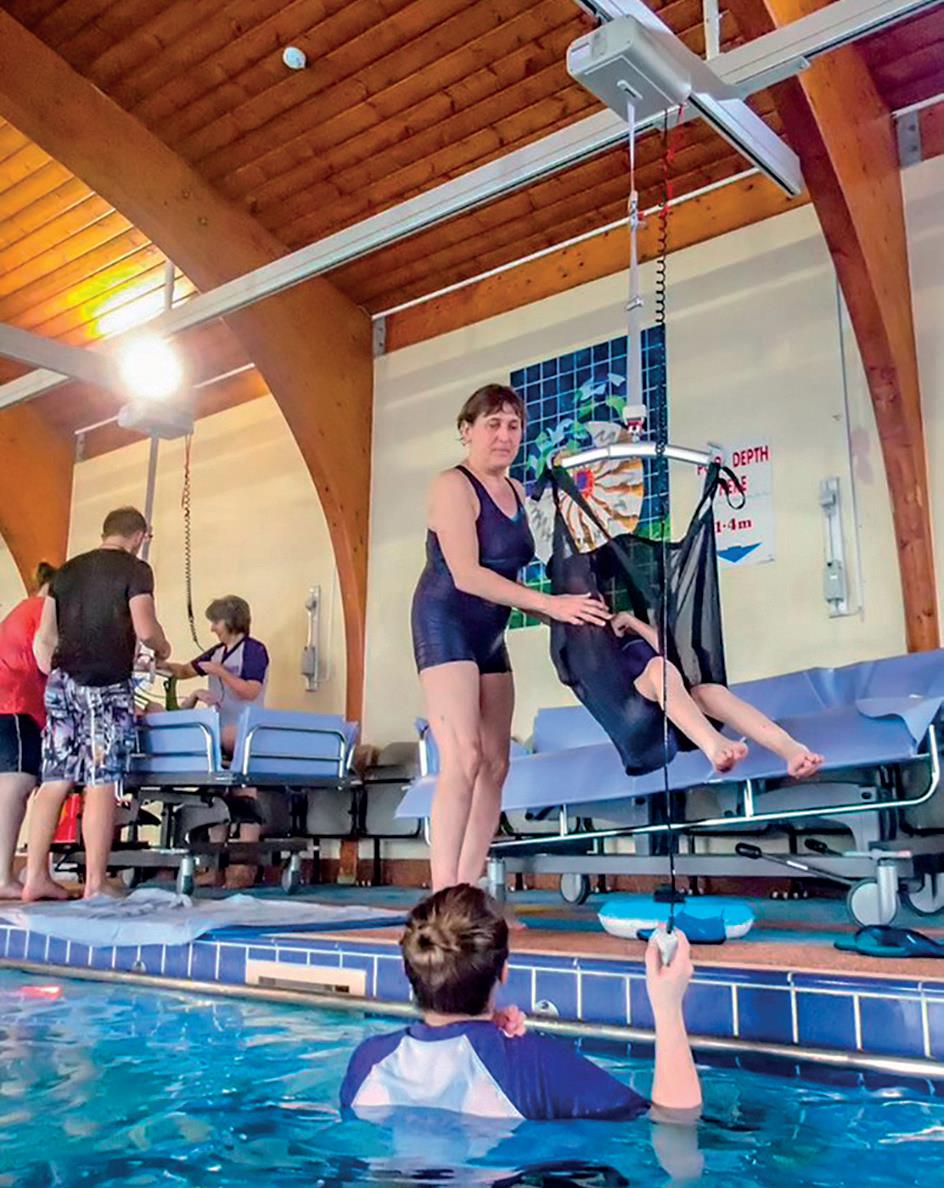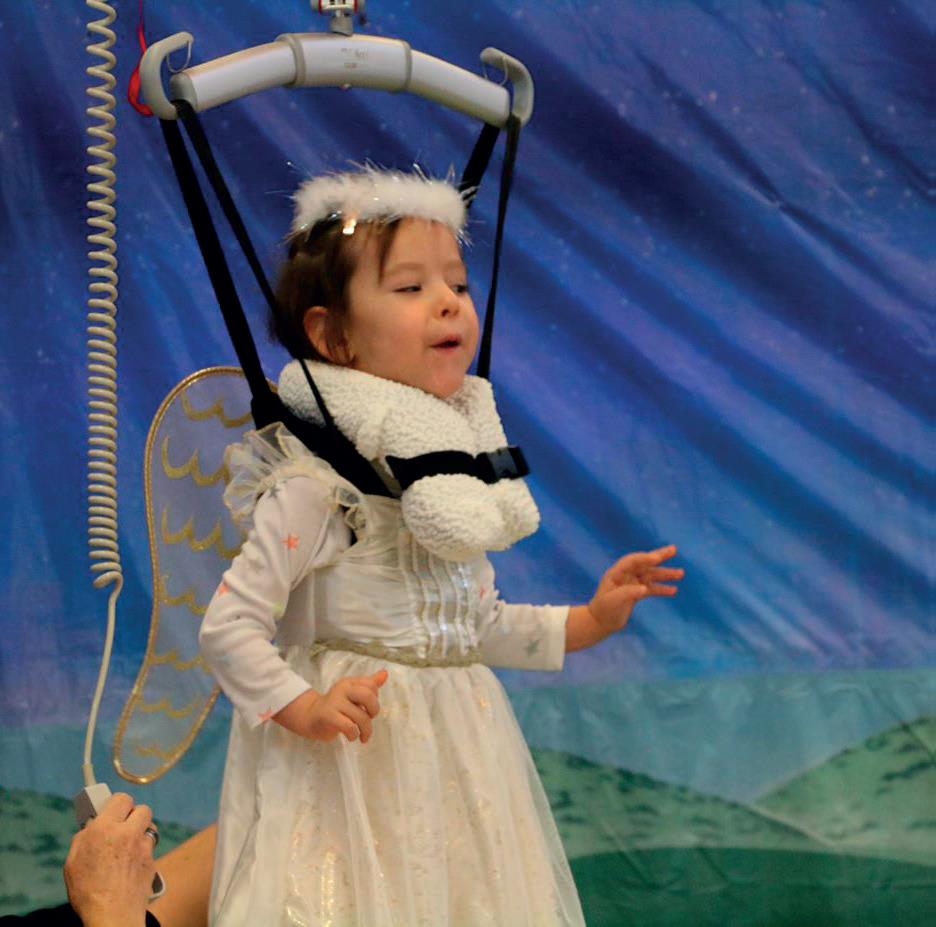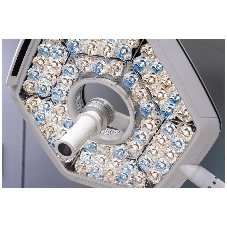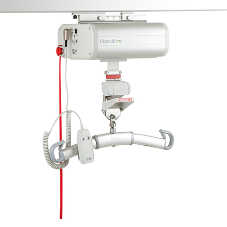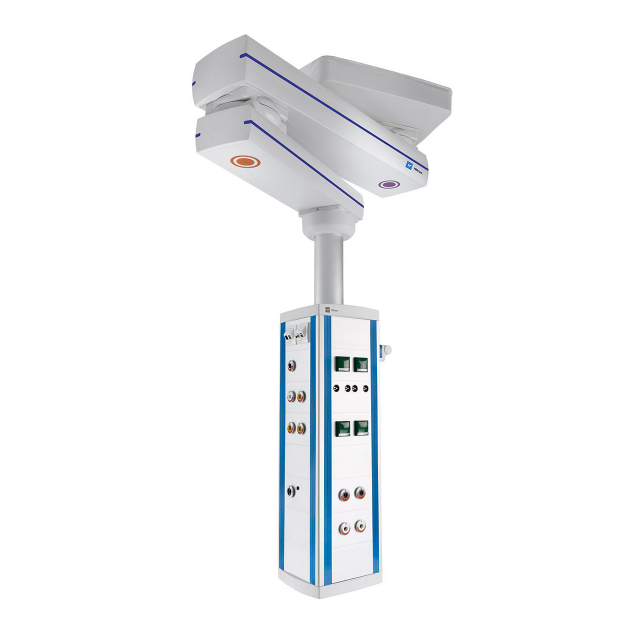Many children with disabilities and SEN can benefit from a broad-ranging physical curriculum which covers every aspect of their development. Catering for a group of children with a complex and diverse range of physical, sensory, learning and medical needs takes careful and strategic planning.
With each unique child comes a varied learner profile incorporating strengths, needs, short and long-term goals and outcomes, together with wider aspirations. Yet meaningful functionality lies at the heart of this physical strand of their curriculum. These practical solutions could include using a walking frame or trike to travel to a sensory department in another building or joining other able-bodied children in an assembly hall.
Freeing physically disabled children from bulky inhibitive equipment allows for increased communication and a natural interaction with their peers. This could be as simple as the ability to touch each other, or something more involved such as participation and contact in a variety of verbal and physical games. Designing accessible areas for children with disabilities requires careful consideration and should be undertaken in conjunction with an occupational therapist and other healthcare professionals.
Within this, the design and installation of systems to support hoists also requires considerable thought. If successful, such a system will enable children with a range of complex needs to move freely around a room or hall with ease. This facilitates independence, which can be liberating for both children and young adults.
Whether you are looking for adaptations to existing buildings or new installations, there are a number of factors that should be considered when designing accessible areas within a special or mainstream school or care setting.
A wide variety of hoisting systems are available and the most effective approach for each setting will depend on the physical environment and the precise functions that need to be carried out. The following are some of the most common generic types.
Free-standing gantry hoist systems
These can be easily carried and transferred from room to room via a fixed track. A free-standing system has no structural requirements on the ceiling or walls. They blend in discretely and are easy to remove when the lifting system is no longer needed.
Installed overhead hoist systems
Overhead hoist systems are designed for the use in multi-purpose locations, from halls, classroom, bathrooms to swimming pools to other locations on site like sensory rooms for example. They offer increased flexibility, reduced effort and forces needed by the caregiver completing the moving and handling task.
These type of overhead hoist systems can be installed in multiple rooms, the design and installation of these systems includes a number of ways to transfer from one location to another and range of installation solutions, these being directly into the ceiling, wall fixing and Solutions directing the weigh through into the floor for non-solid walls.
Room to room solutions
These type of overhead hoist system can be installed linking to systems together without the requirement of any building modification through door ways. These system are used by transferring the user from one overhead hoisting system to another with a unique carriage connecting the overhead motor onto the tracking and sling bar which will join the two systems together.
Key Design Points
The design of a hoisting system should take account of a number of important considerations. There needs to be enough space for staff, adults and non-ambulant children to move around and all fixtures and fittings need to be robust and at an appropriate height.
Support systems should be age-appropriate for the children and young people being cared for and privacy should be a key design focus. For example, there should be sufficient screening in changing and shower areas, as well as in toilet cubicles. Psychologists have long agreed on the impact of colour on mood and its influence on behaviour. Careful thought should be given to the impact of the colour scheme. Light-reflecting colours can be great for achieving a sense of space. Yellow can help to encourage a positive ambiance and green is often used to create a calming environment.
Planning and Installation
Today, the process of designing and laying out a hoisting system can often be supported by using computer technology to create detailed plans and test ideas. Software packages can design and decorate both the interior and outdoor plans for a setting, with everything being rendered in three dimensions. This makes it easy to visualise how the system will work, what it will look like and any potential problems or issues that may need addressing. When it comes to the installation of the system there are a few ways this can be achieved. Wall fixings are becoming more and more popular as this method is the least distributive.
Maintaining Equipment
It is important to ensure lifting equipment is properly maintained. To avoid the possible transmission of infectious diseases, equipment should be cleaned regularly; the setting’s cleaning and disinfection policies should also provide a lead on this.
In terms of servicing and ongoing maintenance, many contractors offer ongoing service contracts or the ability to train in-house maintenance personnel, which can often be speedier and more efficient. As with other equipment, it’s always important to follow the manufacturer’s recommendations, as detailed in their product manuals, to maintain the warranty and expected life-time guarantee.
Training and Assessments
The introduction of a safe patient-handling policy, together with compulsory manual handling training, is essential for all staff involved in moving and lifting patients. Unfortunately, healthcare consistently ranks amongst the highest-risk occupations for disabling or debilitating back injuries – primarily from manually lifting patients.
Poor moving and handling practice can lead to back pain, musculoskeletal disorders and even accidents for those doing the lifting. In some cases, staff may even find themselves unable to work. Of course, poor practice can also result in discomfort and a lack of dignity for the person being moved. Manual handling assessments are also a vital element in ensuring procedures are carried out in a safe, legal and acceptable manner. Regular assessments should be untaken and logged for each hoisting and lifting scenario, whether this is in a living, teaching, therapeutic or recreational area.
For further information, please visit www.hillrom.co.uk
How schools’ manual handling systems can be used to promote learning and social skills
| T | 01635 206000 |
|---|---|
| E | ukmarketing@hillrom.com |
| W | Visit Baxter's website |
| Wallingford Rd, Compton, Newbury, RG20 7QW |

